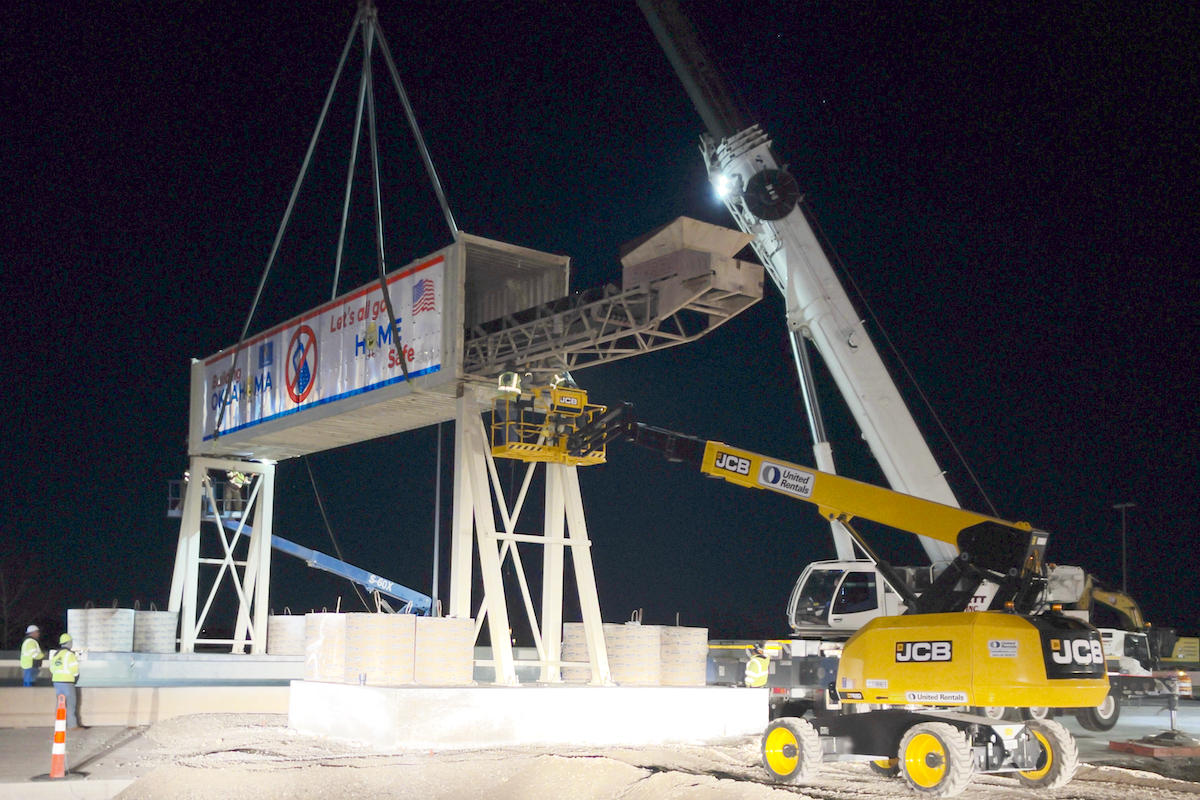Workers found to be misclassified may also have claims against the employer for failure to pay overtime, may bring unexpected claims for harassment or discrimination, or may seek unemployment compensation for which an employer would be responsible to reimburse the entire liability incurred by the state agency. Indeed, guidance from the U.S. Department of Labor (USDOL), the federal department which enforces overtime pay and safety standards (OSHA) among others, specifically points to misclassification of employees as contractors in the construction industry as a problem it needs to address. In addition, general contractors may also have joint employer liability for improperly paid wages and could face stiff penalties for subcontractors who use the “contractor” designation to avoid their I-9 obligation to verify employment eligibility.
While there is no test which provides a “bright line”, USDOL has a more detailed test based in U.S. Supreme Court decisions which at least provides more assistance for construction firms looking for some predictability. A brief examination of those factors can provide guidance construction firms can use to determine how to structure contractor relationships. The seven factors include:
- The extent to which the services rendered are an integral part of the principal's business. Here, the idea is that the more central to the firm’s business a contractor’s work is, the less likely the contractor relationship is found to be genuine. Take, for instance, a company whose business is installing HVAC systems on new construction projects. If that firm hires contractors to build pads for condensers, that work may be outside the firm’s principal focus and could be seen as a factor weighing in favor of a genuine contractor relationship. However, if the same firm employs contractors to run ducts or calibrate thermostats, that work would appear integral to the HVAC work of the firm, and the factor would probably weigh heavily in favor of finding an employer/employee relationship.
- The permanency of the relationship. The general rule provides that genuine contractors are people/firms who are hired for specific periods of time or limited scopes of work. Someone you hire to perform a scope of work for a particular project following a bid to work for you on other projects is probably a contractor. On the other hand, if they work for you on a regular basis, working one project after another, or appearing on a work schedule, or covering multiple projects at a time, they may appear from a legal perspective to be an employee.
- The amount of the alleged contractor's investment in facilities and equipment. Generally, contractors are individuals who operate businesses that have expenses, ie. equipment, materials, and/or tools, and maybe even offices. While none of these factors are dispositive, contractors who have invested in their businesses and bring their own tools and equipment are more likely to be seen as genuinely independent.
- The nature and degree of control by the principal. With the understanding that deadlines and coordination are an important part of the construction business, the law presumes that workers required to perform work at specific times, on specific days, or to perform the work in particular manner are employees. Contractors — on the other hand — decide when to do the work, and how the scope of work’s goals should be accomplished.
- The alleged contractor's opportunities for profit and loss. Again, the idea that contractors are businesses, not regular parts of our workforce, means that genuine contractors incur risks, including the risk that a job could result in a loss to them as a business for unanticipated labor, equipment, or material costs. Employees incur no such risk.
- The amount of initiative, judgment, or foresight in open market competition with others required for the success of the claimed independent contractor. Was the contractor’s work assigned as a result of a bid process, or was there competition for the work? Again, we all know this is a critical part of how the construction business operates, but the workers we employ as contractors frequently do not gain their work in this manner. Employees are given work to do; contractors have to seek and win contracts for new jobs.
- The degree of independent business organization and operation. Keeping with the theme, this last factor simply asks whether the contractor is organized as an independent business. A contractor organized as a business with permanent staff and numerous employees looks like an independent contractor, but an individual could still be an independent contractor if he operates as a business. John Smith — who you employ to build scaffolds — doesn’t sound like a contractor, but John’s Scaffold Building might.
It almost goes without saying that construction firms use contractors instead of employees to accomplish certain cost and administrative goals. However, an understanding of how the law distinguishes between employees and contractors can assist in structuring a relationship that best helps accomplish those goals.






































































